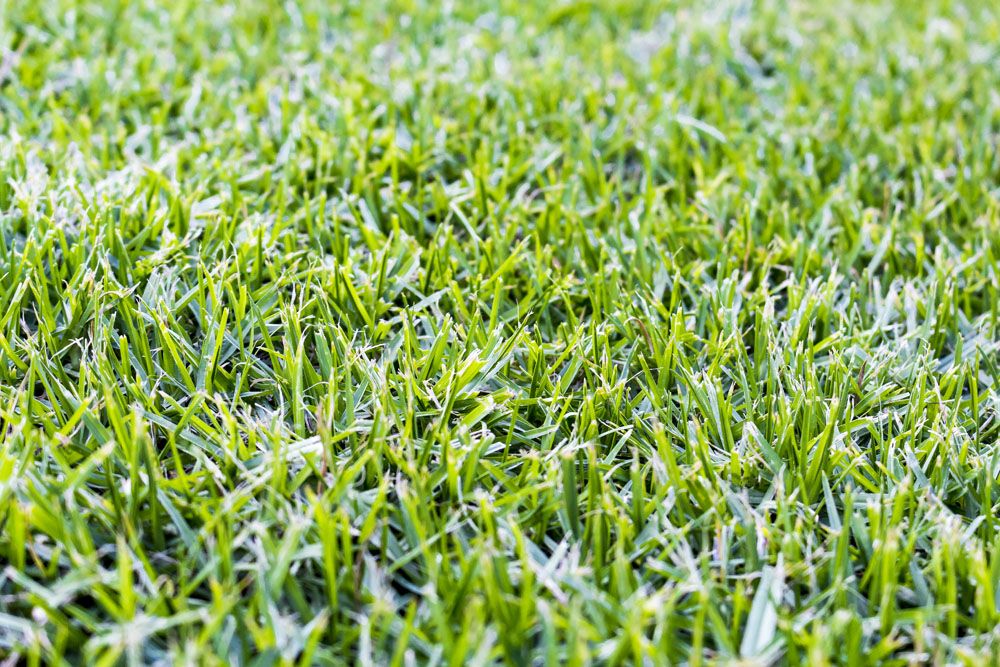
Pennisetum clandestinum – Kikuyugrass
Pennisetum Clandestinum – Kikuyugrass: Management and Control
The tropical grass species Cenchrus Clandestinus (formerly Pennisetum Clandestinum) is known by numerous common names, the most popular of which is kikuyu grass, because it is endemic to East Africa’s highland areas, which are home to the Kikuyu people. It is classified as a noxious weed in some areas due to its quick growth and aggressive attitude. However, because it is affordable and relatively drought-tolerant, it is also a popular garden lawn plant in Australia, New Zealand, South Africa, and the southern area of California in the United States.
Life Cycle
Kikuyugrass is a perennial grass that thrives in mild to warm temperatures (60° to 90°F) and wet circumstances, although it can even withstand high temperatures (100°F). Kikuyugrass, like bermudagrass, has a unique photosynthetic pathway that allows it to digest carbohydrates quickly and develop fast during periods of high light intensity and warm temperatures. Kikuyugrass, unlike bermudagrass, can sustain a consistent growth rate at lower temperatures.
Management and Control
To combat infestation, the best strategy is to eradicate any areas of kikuyu grass as soon as feasible. Prevention is essential, as is manual removal or spot-spraying of lone plants. In planting regions, hand weeding is the major technique of management. Mulching is partly successful because it causes less light to permeate the soil, causing fresh seeds to grow more slowly. To manage kikuyu grass in established garden areas, apply post-emergent herbicides.
When sprayed in March, pre-emergent herbicides have been shown to be effective in suppressing seed germination in the spring and early summer. Multiple applications of a post-emergent herbicide are necessary to manage established plants; three to four treatments are often advised.
